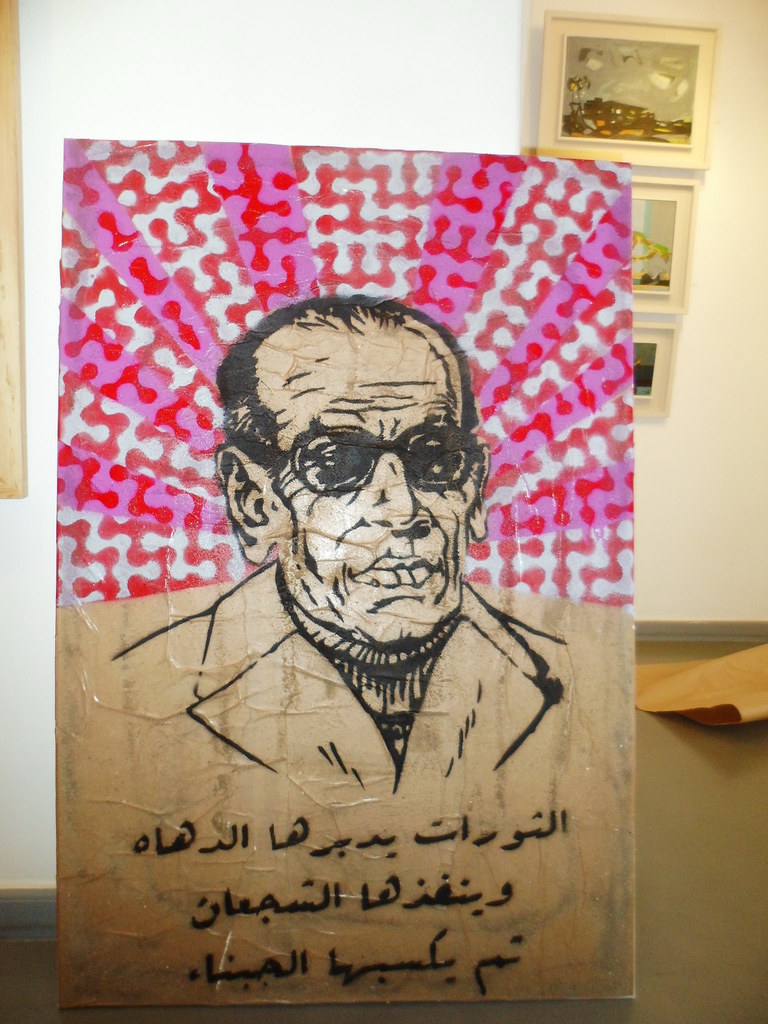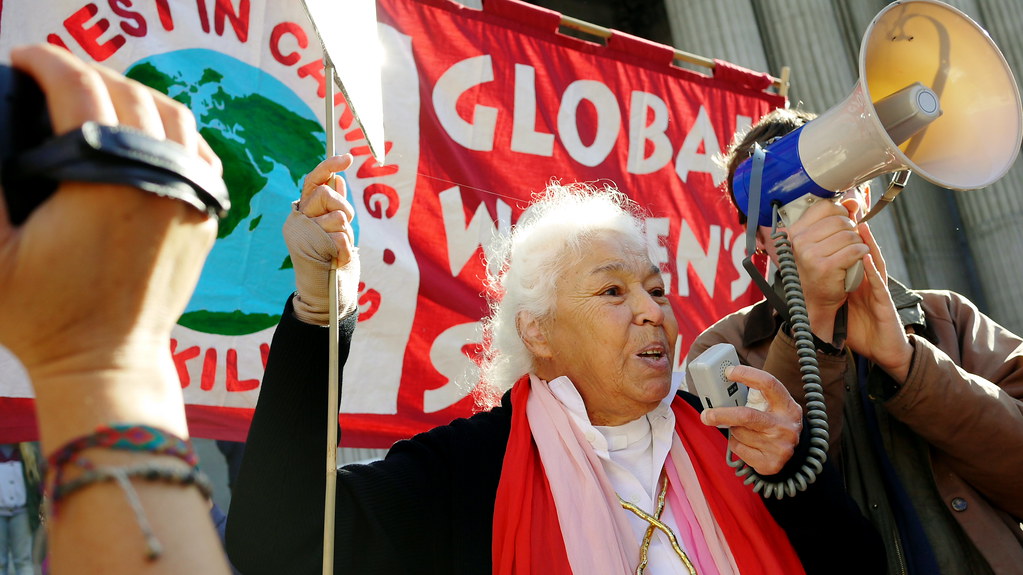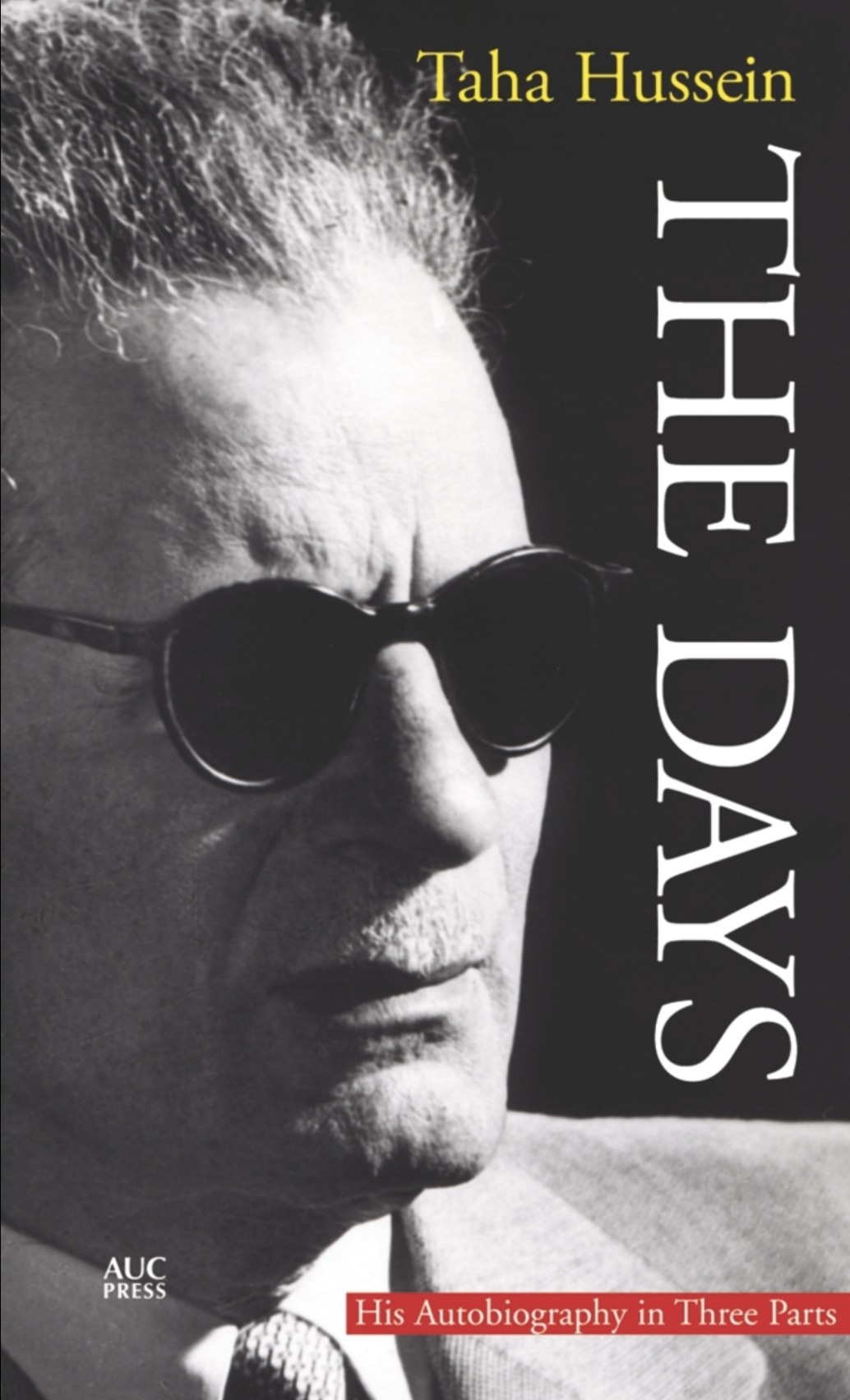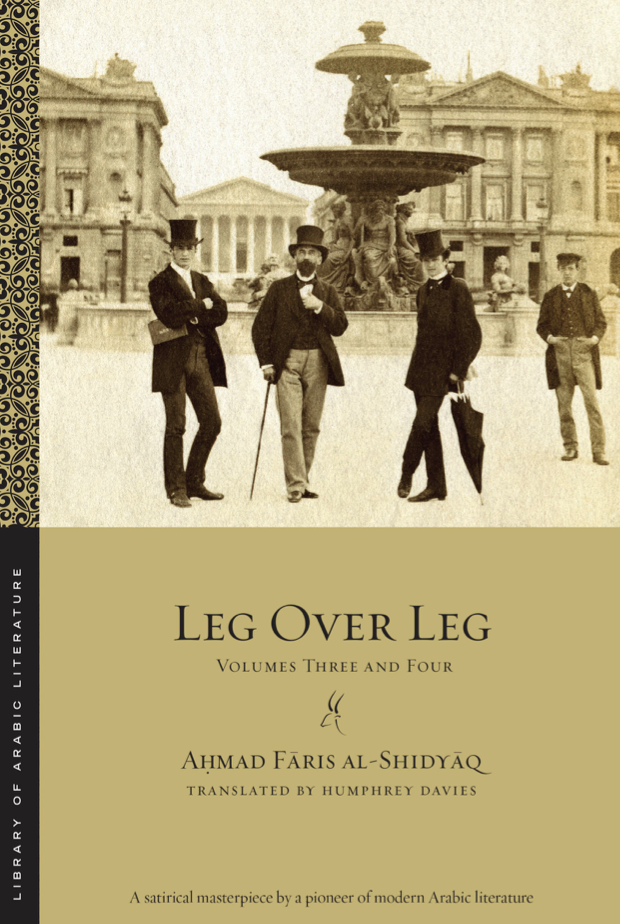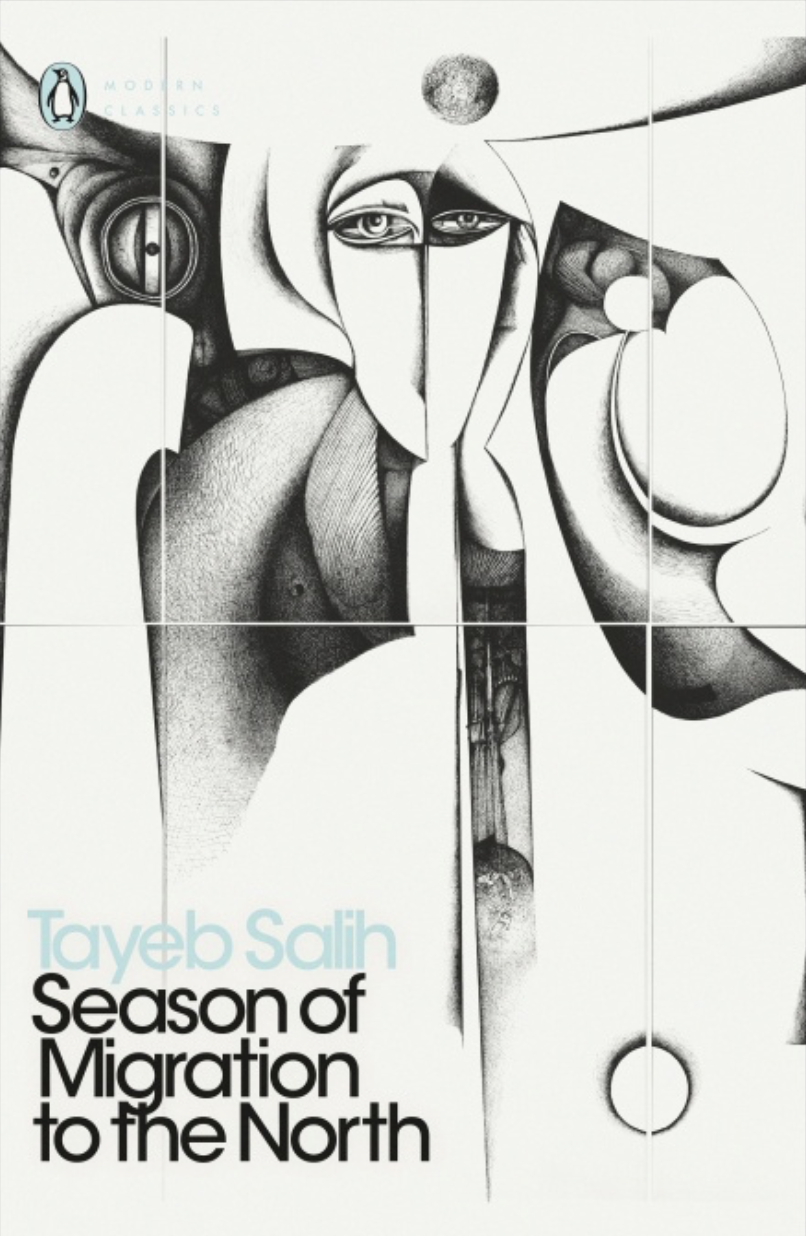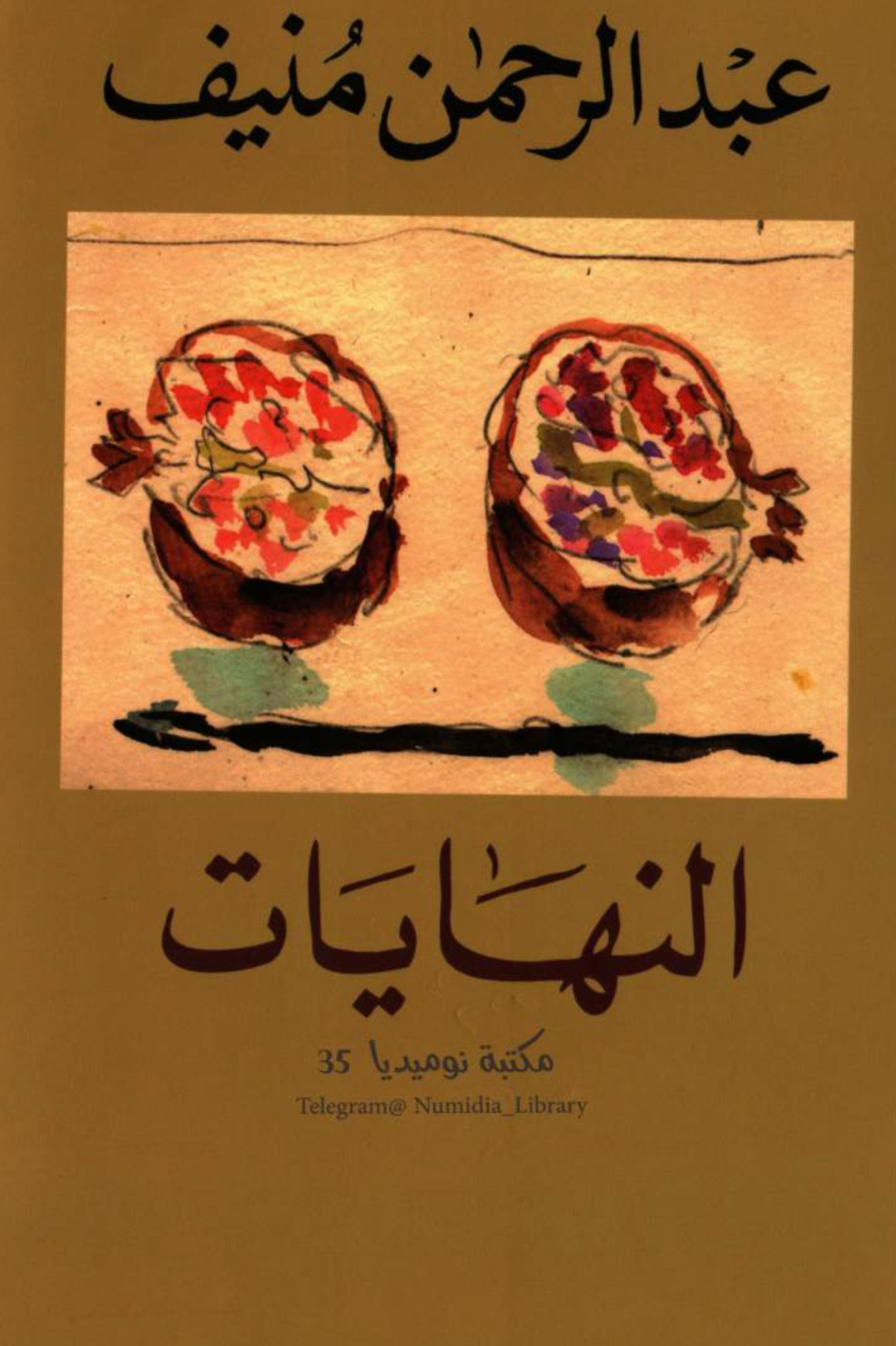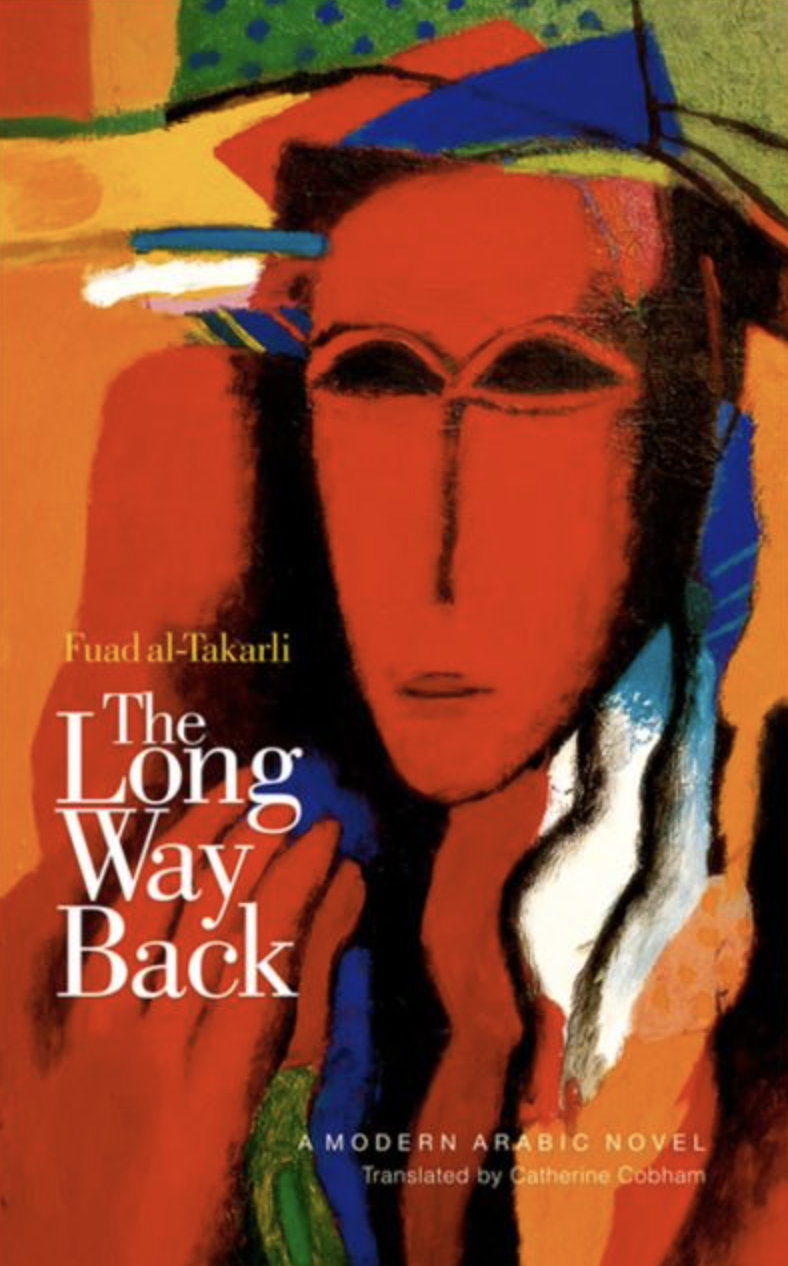11 Arabic Book Recommendations
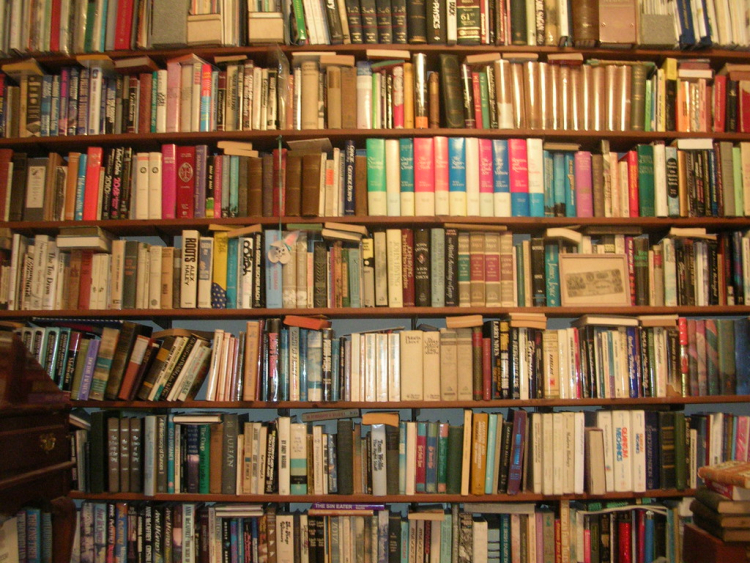
Known Palestinian scholar Edward Said writes in his book Orientalism, "The Orient and Islam have a kind of external, phenomenologically reduced status that puts them out of reach of everyone except the Western expert. From the beginning of Western speculation about the Orient, the one thing the Orient could not do was to represent itself. Evidence of the Orient was credible only after it had passed through and been made firm by the refining fire of the [Western] Orientalist's work."
For Said, there is a binary dynamic between the "us" vs. "them", where the West is the "us" and the East, the Orient, is the "them". The unbalanced dynamic Said is mentioning occurs when the West marks a hegemonic stamp on the understanding of the East. They have forged a narrative about the Orient that has always been derogative in comparison to the narrative they create about themselves. And so, a Western scholar's forged outspoken knowledge about the world has more legitimacy than what the internal people of the regions of the East have to say about themselves.
It is Professor David Tresilian who will introduce 11 Arabic translated book titles he recommends. The professor is part of the Comparative Literature and English department at the American University of Paris and has also taught at the American University of Cairo. He offers courses in relation to the contemporary and modern Arab world, Arabic literature, as well as writing and criticism. He himself has written a book titled Brief Introduction to Modern Arabic Literature. He is also involved in Al Ahram, a famous newspaper and news platform in the Arab region, especially in Egypt from where it is issued.
This series of books will help you understand the first-hand storytelling of the so-called Orient from the inside perspective of Middle Eastern writers. These books are sadly not so renowned on an international scale, but they might push you into wanting to reach out for them on a bookshelf, a place where they should not have a reduced status.
Here is what Professor Tresilian tells us about these works in his own words.
1. Naguib Mahfouz, The Thief and the Dogs
Image credit: CreativeCommons/KeizerStreetArtAwarded the Nobel Prize for Literature in 1988, Egyptian novelist Naguib Mahfouz enjoyed an exceptionally long writing career from the 1930s to the early 2000s, producing work in a variety of styles and genres. The Thief and the Dogs, published in Arabic in 1961, is representative of his work of the 1960s, as creative and turbulent a decade in the Arab World as it was in the United States or Europe.
2. Nawal al-Saadawi, Memoirs of a Woman Doctor
Image credit: Creative Commons/wheelzwheelerThe Egyptian writer Nawal al-Saadawi died in March this year after a long and sometimes controversial career that yielded work in a variety of genres, including novels, plays, essays, and memoirs. Memoirs of a Woman Doctor, published in Arabic in 1960, describes her early life in the 1940s and 1950s during a significant period for Arab feminism.
3. Ghassan Kanafani, Men in the Sun
Image credit: Creative Commons/Justin Macintosh
Palestinian literature often expresses Palestinian experiences, including dispossession and exile. Men in the Sun, published in Arabic in 1963, is the best-known work by Ghassan Kanafani, among the most important Palestinian writers of his generation. Like many other Arabic literary works from the 1950s and 1960s, the novel was adapted for the cinema, allowing it to reach wider audiences.
4. Taha Hussein, The Days
Image credit: Maria KarkourBefore his death in 1973, Egyptian writer Taha Hussein was often nominated for the Nobel Prize for Literature, not only as an accomplished novelist but also one of the Arab World’s most important and best-known intellectuals in the first half of the last century. His autobiography, The Days, was published in Arabic in three volumes between 1926 and 1967.
5. Ahmad Faris al-Shidyaq, Leg Over Leg
Image credit: Maria KarkourAhmad Faris al-Shidyaq was a 19th-century writer from present-day Lebanon whose life and work almost sums up the period in which he lived. Moving between Cairo, London, Paris, and Istanbul, he was a member of the Lebanese and Syrian diaspora that played an important role in the cultural and political life of the time. The English translation of his Leg over Leg, first published in Arabic in 1855, raises intriguing questions about Arabic-English literary translation.
6. Tayeb Salih, Season of Migration to the North
Image credit: Maria KarkourVoted the greatest novel in Arabic of the last century in one opinion poll, Season of Migration to the North by Sudanese writer Tayeb Salih was published in Arabic in Beirut in 1966. As well as providing insight into the author’s native Sudan, the novel also captures the experiment and creativity that swept Arab literary circles in the 1960s.
7. Abdel-Rahman Mounif, Endings
Image credit: Maria KarkourSaudi novelist Abdel-Rahman Mounif is perhaps best known for his writings on the transformation of Arab Gulf society in the first and second halves of the last century. Like the majority of Arab writers, most of Abdel-Rahman Mounif’s books have not been translated into English. Endings, a novel about the impact of the oil industry on the Gulf and published in Arabic in 1977, is one of the most accessible.
8. Fuad al-Takarli, A Long Way Back
Image credit: Maria KarkourA record of life in Iraq in the late 1950s and 1960s, a period marked by the execution of the former royal family and a succession of coups, the Iraqi novelist Fuad al-Takarli’s novel A Long Way Back, published in Arabic in 1980 and the only one of his works to be translated into English, describes the life of generations of a Baghdad family in a variety of narrative styles.
9. Gamal al-Ghitani, Al-Zayni Barakat
Modern Arabic literature is sometimes seen as owing a special debt to Western models, including the realist novel. Perhaps influenced by experiments with ‘magic realism’ taking place in Latin America in the 1960s, a generation of Arab writers looked to the Arab heritage, adapting it for contemporary purposes. Egyptian novelist Gamal al-Ghitani’s Al-Zayni Barakat, written in the manner of a medieval chronicle and published in Arabic in 1971, is one example.
10. Sonallah Ibrahim, The Smell of It
Some Arab writers have had difficult relations with the Arab regimes, notably during periods of one-party rule. Some have been imprisoned for their views or have had their work censored. Some have been forced to live abroad. The Egyptian writer Sonallah Ibrahim, imprisoned in Egypt in the 1950s, records the experience of a prisoner of conscience in The Smell of It, published in Arabic in 1966.
11. Alia Mamdouh, Mothballs
Novelist Alia Mamdouh, a long-time resident of Paris, is perhaps best known for her novel Mothballs, published in Arabic in 1986. A record of growing up in Iraq in the 1950s and 1960s, an account of the struggle against European colonial rule and subsequent U.S. interventionism, and a coming-of-age tale in the shadow of political polarization, the novel has been widely praised.
Image credit: Maria KarkourThere are many other Middle Eastern authors and books out there, hopefully, the ones suggested here will make you curious and push you to read more books from authors from the region that should not be taken for granted.

